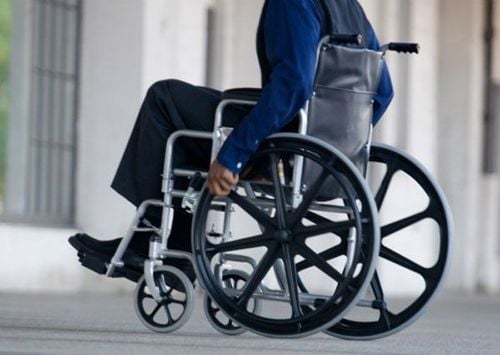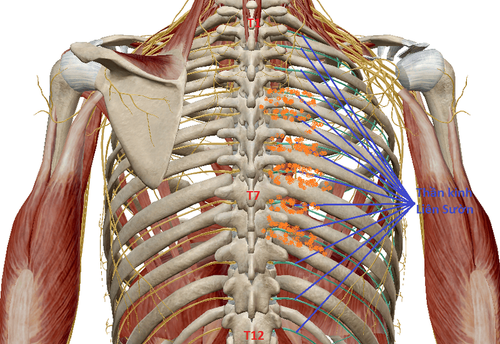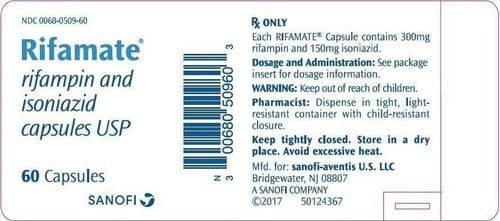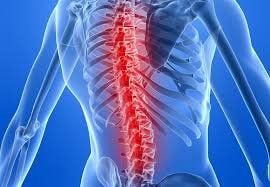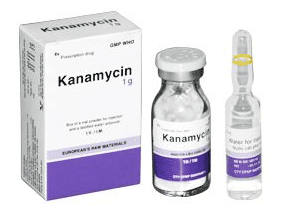This is an automatically translated article.
Submeningeal abscess is a disease caused by a mass of pus located between the submeningeal space and the spinal canal. The cause of the disease is due to infectious diseases such as spinal tuberculosis, infection after spinal surgery, sepsis, spinal acupuncture, cerebrospinal water puncture for diagnosis and treatment leading to spinal abscess. Brain.
1. What is a subarachnoid abscess?
Submeningeal abscess is a disease caused by a mass of pus located between the submeningeal space and the spinal canal. The cause of the disease is due to infectious diseases such as spinal tuberculosis, infection after spinal surgery, sepsis, spinal acupuncture, cerebrospinal water puncture for diagnosis and treatment leading to abscess. If not diagnosed early and treated actively, the patient will be at risk of paralysis and disability.
In case the patient is not paralyzed or has reduced sensation and movement, it can be treated with medical treatment and monitored. If the lesion is widespread, paralysis or loss of sensation is necessary, early surgery is required, combined with antibiotic treatment.
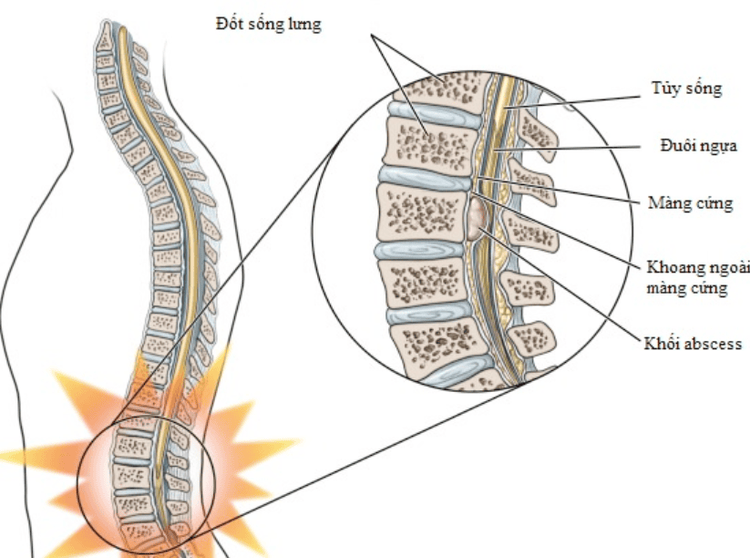
Vị trí tủy sống trong ống sống
2. Subarachnoid abscess surgery
2.1. Indications and contraindications to surgery Indications for surgery for submembranous abscess when:
Surgery when medical treatment fails. Compression injury on 4 vertebrae Patients with widespread lesions have symptoms of paralysis and decreased sensation Contraindication to surgery for submeningeal abscess when:
The patient has symptoms of severe coagulopathy. Anesthesia is not guaranteed
2.2. Steps to carry out surgery Step 1: Prepare specialized medical instruments for submeal abscess surgery, including: curette, hydrogen peroxide, closed drainage, C-arm if necessary, depending on the case. folding, microsurgery glasses if necessary use to . Step 2: Instruct the patient to lie in a comfortable position for the anesthesiologist and surgeon. Then endotracheal anesthesia
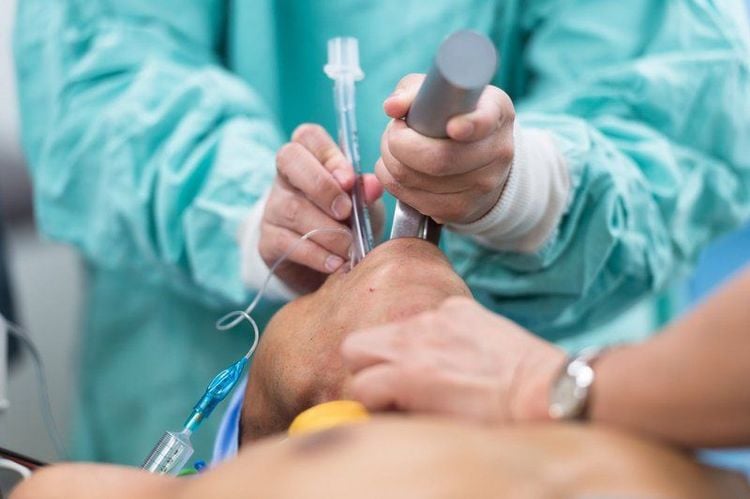
Người bệnh được gây mê bằng phương pháp nội khí quản
Step 3: Based on the damage of X-ray film images, magnetic resonance films to make skin incisions, dissect the fascia to reveal the posterior arch of the spine. Step 4: Open the bone, then use the tool to remove the spines behind the vertebrae and use goose and kerrison to gnaw the posterior arch of the spine according to the damage. Step 5: Open the dura (note: it is necessary to stop bleeding carefully before the patient), pump and clean the surgical site. Open the dura mater by microsurgical traction. Step 6: Evaluation and treatment of subependymal abscess lesions. The surgeon destroys the fistulas, nooks and crannies, then completely removes the pus from the incision, organizes necrosis for microbiological testing. Then pump and wash with lots of water and antibiotics. Step 7: Create the sclera shape.
3. Follow-up after surgery for submeal abscess
Monitor: Are pulse, blood pressure stable; the incision has bleeding, pus, no fluid and take care of the patient's daily dressing change.
Treatment of complications: If bleeding, compress the patient or surgery can be performed for the abscess under the pulp. In case of infection, disinfect and administer antibiotics to the patient.
Like extramembranous abscess, subependymal abscess is a dangerous disease that, if not examined and treated early, will lead to the risk of paralysis or disability. Especially, submeal abscess surgery is one of the complex surgeries that requires high expertise, so patients need to choose to be examined and treated at reputable facilities to ensure quality.
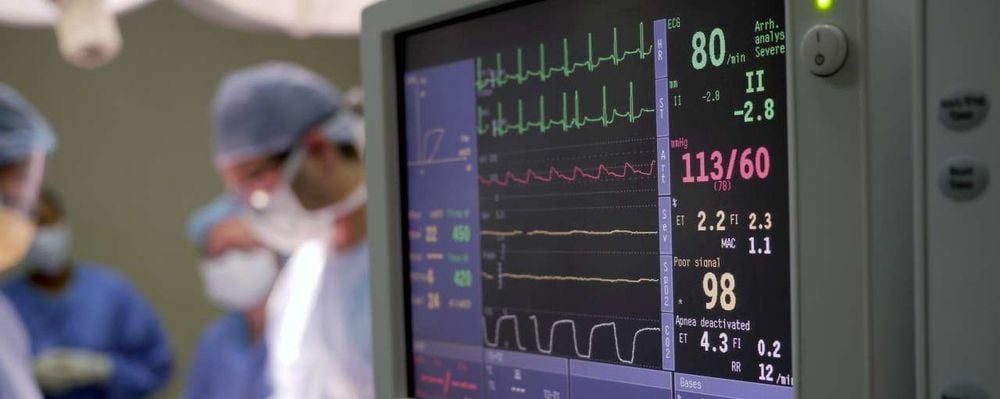
Bệnh nhân được theo dõi các chỉ số sinh tồn
Vinmec International General Hospital is one of the hospitals that guarantees the quality of medical examination and treatment expertise and is famous for its quality medical services. With a team of highly qualified doctors and nurses with many years of experience in the profession, they will provide the best treatment plan as well as advice on the best health for the patient.
To register for examination and treatment at Vinmec International General Hospital, you can contact Vinmec Health System nationwide, or register online HERE.




